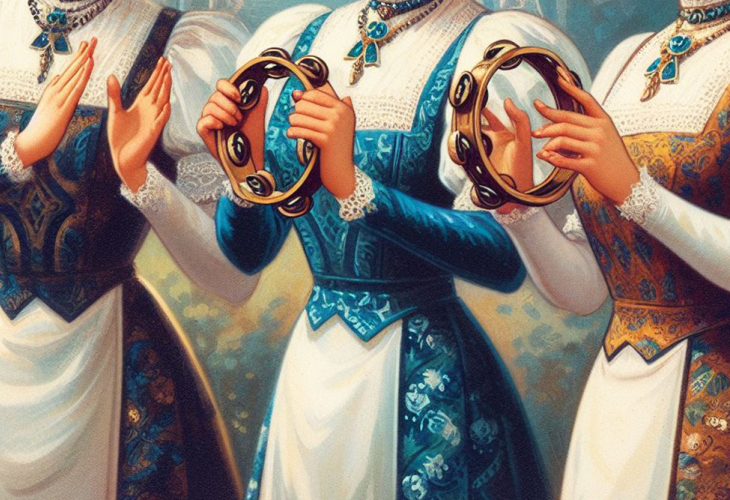Issues in the Bible
Dancing on Yom Kippur? The Surprising Holiness Behind the Daughters of Jerusalem in the Vineyards
Why ancient Israel celebrated Yom Kippur with joy, and how sacred matchmaking became part of the holiest day of the year

In Parshat Acharei Mot, the Torah commands the people of Israel regarding the sacred service of Yom Kippur — the Day of Atonement. On this day, the High Priest would purify himself and perform a unique ritual of atonement within the Holy Temple and the Holy of Holies, to atone for all the sins of the House of Israel.
Even today, without a Temple, we fast, pray, and confess throughout Yom Kippur to purify our souls and draw closer to God.
A Surprising Mishnah
It is therefore fascinating to read the following passage from the Mishnah (Ta’anit 4:8): “Rabban Shimon ben Gamliel said:
There were no days as joyous for Israel as the fifteenth of Av and Yom Kippur, for on those days the daughters of Jerusalem would go out and dance in the vineyards. And what would they say? ‘Young man, lift up your eyes and see whom you choose for yourself. Do not set your eyes on beauty — set your eyes on family. Charm is deceptive and beauty is vain, but a woman who fears the Lord, she shall be praised.’”
At first glance, this seems puzzling: The daughters of Jerusalem dancing in the vineyards — on Yom Kippur? How could such an event fit with a day devoted to fasting, prayer, and repentance?
The Ritva’s Explanation
The Ritva (Rabbi Yom Tov of Seville) explains that this event did indeed take place on Yom Kippur itself.
Precisely because the day is so spiritually elevated, people’s hearts were entirely devoted to Heaven, leaving no room for improper thoughts or intentions. In such a state of holiness, even encounters between men and women were entirely pure, and focused only on the sacred purpose of building a faithful home in Israel.
In contrast, on ordinary days there is greater risk of vanity or temptation. Therefore, Yom Kippur, the holiest and purest of days, was the most fitting occasion for such a sacred gathering.
The Kolbo’s Interpretation
The Kolbo, a medieval halachic work, offers a complementary explanation: Ordinarily, marriages were arranged in the usual way, through family introductions and agreements between parents.
The women who participated in the vineyard dances were those who had not yet found their match by conventional means. Only after losing hope of the usual path, they joined this gathering to declare publicly: “Do not seek beauty, but righteousness. A woman who fears God — she shall be praised.”
Their intent was wholly spiritual — to fulfill the mitzvah of marriage for the sake of Heaven. Thus, the event was imbued with holiness and purpose, not frivolity.
Other Views
Some of the Geonim interpreted the Mishnah differently, saying that the dancing took place only on the fifteenth of Av, and Yom Kippur was mentioned merely as another day of joy and divine favor — not literally for dancing.
Others explained that the celebration occurred at the conclusion of Yom Kippur, after the fast ended. This aligns with the Talmudic note that the High Priest would host a festive meal for his friends and loved ones after completing the Temple service.
The joy of forgiveness and renewal inspired the people of Jerusalem to dance and rejoice, celebrating both spiritual purity and the establishment of new homes among Israel.

